1/32 HPH Avia B.534 Serie IV
It is hard to believe nowadays, but in the 1930s, there was a vibrant aviation industry in both Poland and Czechoslovakia, the original designs of which rivaled anything created in Germany, Great Britain, France, the Netherlands, the United States, or Japan. Perhaps the one thing that hurt both was their failure to build on early success in the first half of the decade, so they could stay competitive when the great aeronautical revolution that began in 1934 hit the scene. For both the Czechs and the Poles, had their air forces fought the pre-1938 Luftwaffe, they would have given an excellent account of themselves. However, the revolution in aircraft design and the creation of high powered engines left them woefully in the Luftwaffe's dust when push came to shove in 1938 and 1939.
While the Avia B.534 may be obscure to westerners, in the Czech and Slovak Republics it is looked on in the same way the Spitfire is revered in the British Commonwealth. Developed from the B.34 biplane fighter of the late 1920s, the B.534 first flew on May 25, 1933, powered by an imported Hispano-Suiza HS-12Ybrs. The design showed no bad tendencies and it was decided to power the production airplanes with a Hispano-Suiza HS-12Ydrs, which be manufactured under license in Czechoslovakia. The prototype was first displayed publically on Army Air Day, September 10, 1933, five days after the second prototype had taken flight. The B.534 had better performance than either the He-51 pr Ar-68 fighters that were equipping the Luftwaffe at the time, and was considered one of the best fighters of the early 1930s.
The Ministry of National Defense ordered the B.534 into production on July 17, 1934, with an order for 147 aircraft, which were delivered by the fall of 1935, known as the Serie I. A second order for 46 Serie II aircraft was placed in 1936, with the aircraft reaching their units in March and April, 1937. The third order was for 134 Serie III aircraft; however, due to the growing German threat, this was increased by 50, which were the first Serie IV which were distinguished by an enclosed cockpit. 68 more Serie IV were ordered in August 1938, the first of which were just arriving at their units as the Munich Crisis that led to the Partition of Czechoslovakia broke out. A total of 445 Avia B.534s of all sub-types were produced.
Following the German invasion of what was left of Czechoslovakia at the end of March, 1939, the country was divided into the Protectorate of Bohemia-Moravia, and the Slovak Republic. The Slovak Republic allied with Germany, and the 79 B.534s and 11 Bk.534s (a version with an engine-mounted 20mm cannon) became the main fighter equipment of the Slovenské Vzdusné Zbrane - the Slovak Air Arm. These came from the former 3rd air Regiment of the Czechoslovak Air Force. These aircraft saw combat against the Hungarians in the Carpathians in the summer of 1939 and were flown in support of the Luftwaffe during the invasion of Poland that September. They were also used on the Eastern Front after the invasion of the USSR on June 22, 1941. They were returned to Slovakia in late 1942, where they were used for training and anti-Partisan activities. During the Slovakian National Rising in august 1944, four B.534s joined the insurgents, and Sgt. Frantisek scored the final biplane victory when he shot down a Hungarian air Force Ju-52 enroute across Slovakia to Poland. The Germans sold captured B.534s to Bulgaria, where they saw action in August 1943 against the B-24s attacking Ploesti in Operation Tidal Wave, with at least four damaged B-24s being shot down over Bulgaria.
This kit by HPH is the most expensive resin kit I have ever reviewed, coming in at an MSRP of US$285.00. The kit contains 163 resin parts, 101 photoetched parts, three rubber parts, masks for both canopy and markings if you choose to paint them rather than use decals, and decals for four different aircraft, including the airplane flown by Sgt. Frantisek during the Slovak National Rising in 1944, when he scored the last aerial victory by a biplane.
The quality of the surface detail is astounding. The kit really is “museum quality.” I have never seen a kit - in injection plastic or resin - that has the quality of this kit. The parts are more than enough to build the entire fuselage structure, with a fully detailed cockpit. The quality is outstanding, with the resin castings being so thin that the kit could easily be mistaken for an injection-molded kit. I ended up putting a pilot in it to disguise the disaster that happened during the project, when it was knocked down from a high perch I thought was safe, onto a concrete floor, with several internal parts coming loose that could not be reassembled.
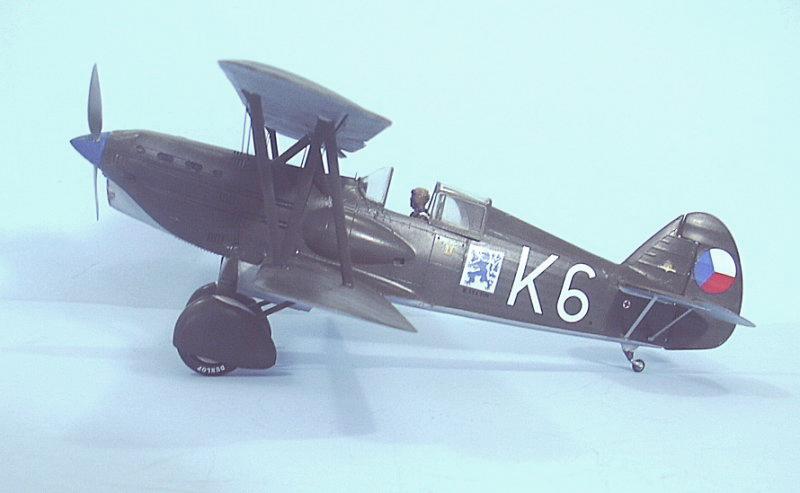
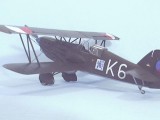
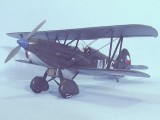
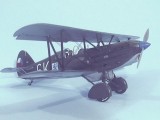
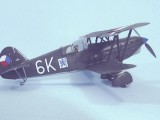
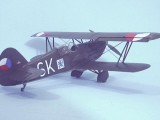
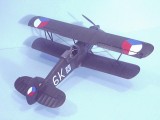
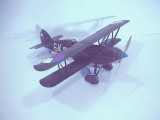
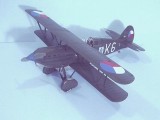
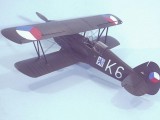
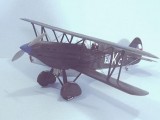
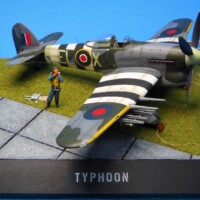
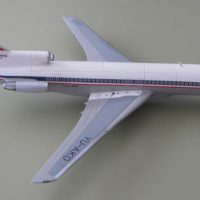

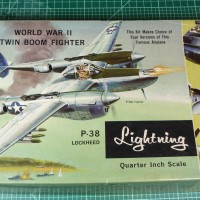
Nice work, the model looks at 10!
Very beautiful biplane, definitely do the same, but only in the 48th scale - $ 285 - it is crazy)))
You're right about that, and the Eduard kit is really nice. Now out of production, but you can still find it.
Nice lookin she is, always liked that airplane. Nice job, the pilot looks good in there.
$285? Great review. I look at that one from afar...
And I thought that Zoukei-Mura had the most expensive resin around...
I guess this is the case of "life being too short to build the next-best kit". B-534 was a handsome biplane.